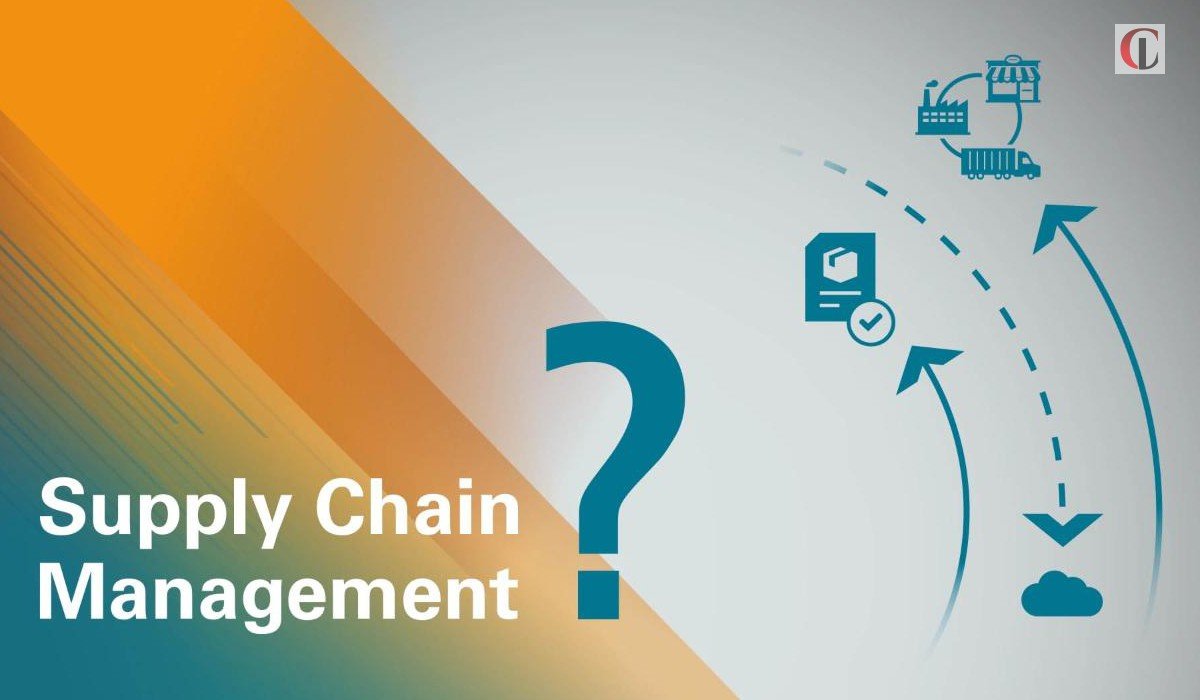Over the decades, the supply chain industry is vastly increasing on a global scale. Businesses are starting to expand at an exponential rate providing their products in multiple cities and countries. From the transport of raw materials to the final product, the supply chain industry has to take a lot of things into consideration including safety, tracing, and efficiency. To solve these issues at hand implying the use of modern technology to enhance the process of entire supply chain plays a game changing part.
So, the supply chain industry has started to use computerized tracking and real-time visibility, which allows tracking for the entire chain process from transport till invoice. It’s more reliable and efficient. Digitization in SCM is a huge step as you can track the supply easily at your fingertips using smartphones and GPS installed devices.
This revolution in technology is much more flexible offering to make adjustments to the supply chain on the go, enhancing the experience of the services overall giving a cost reduction, improved efficiency and customer satisfaction.
Adopting the new technology and implying them in supply chain will always give you a transparent process. Here are some technologies that can help to make supply chain experience more significant and capable.
Automation Process
Inclusion of robot in manufacturing have eliminated the possibility of errors and speeding up the process unimaginably. There has been a rapid increase in the number of robotic automation in companies as robots carry out jobs seamlessly and in coordinated manner. Drones are being used to to reduce the time of inventory check and monitor overall process.
Artificial Intelligence
Recently use of AI have been up surging and people use it on daily basis without even knowing it. AI tends to provide beneficial in all industries, including supply chains. With the amount data in supply chains growing every day, the need processing solutions has become more crucial. Many companies are utilizing AI for language processing, production planning, maintenance, algorithmic advancements and many more. AI can also be used in visual inspection to identify damage and take appropriate action based on it.
Advanced Analytics
Advanced analysis gives you more insight providing you more accurate data that supports your decision making. It can be further used in areas like pricing, product quality testing and optimizing inventory space and value. Through the good use of analytics, we can analyze your previous sales and identify patterns that were made based seasonality, transport activities, market activeness. Examining these patterns can help in predicting the sales.
Captivating Experience
Amalgamation of technologies like augmented reality (AR) and virtual reality (VR) with smartphones, wearable devices, and sensor-implied environments captivates applications of AR and VR beyond segregation. Many leading supply chain companies use these platforms to make crucial tasks easier. Using VR’s capability to create a specific environments to test their product and ensure its safety and make changes accordingly. Enhanced virtual and augmented collaborations in real-time across multiples users helps is contributing drive down costs and also give the parties involved a further insight of product in development process.
Blockchain
Blockchain has decentralized information that means you have transparency, immutability, and complete access to your ledger anytime. Blockchain can also provide supply chains database, verification, security, analytics and identity managements. Also it offers services to supply chains that closely look after automation, traceability, and security.
The whole concept of introducing the new technologies in supply chain management is to make the process more effortless. By allowing an easy to follow and seamless process, use of latest technology not only helps reducing costs but also minimize the risks in SCM.







